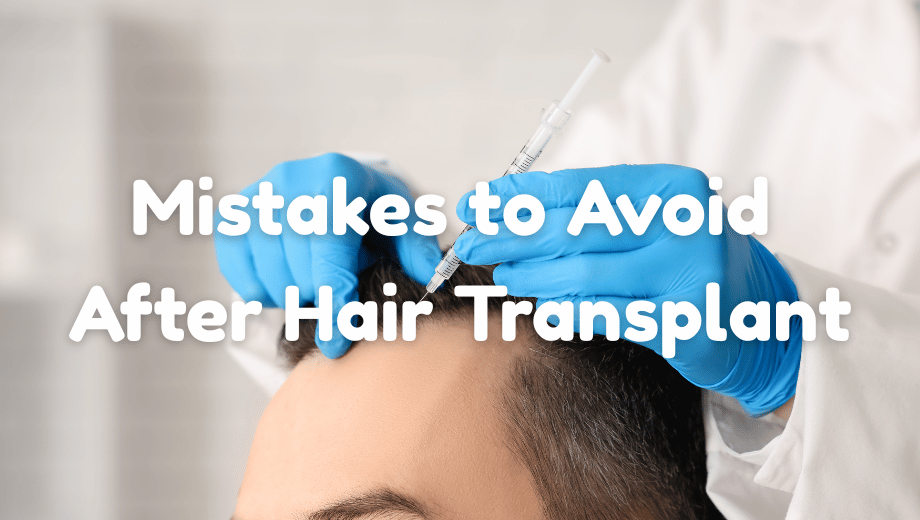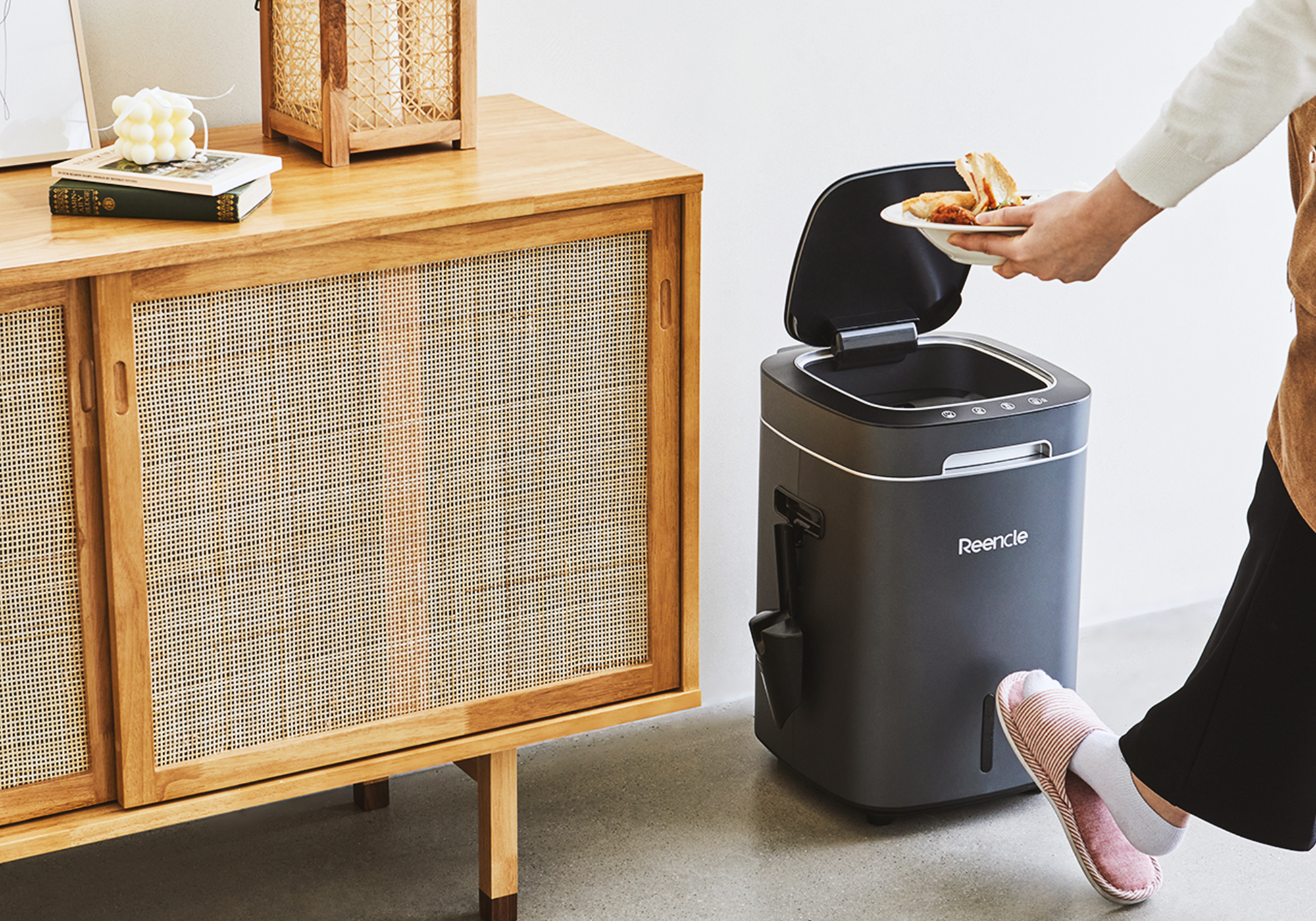Undergoing a hair transplant is a major decision that marks the start of your journey towards restoring your confidence with a new hairline. However, what you do after surgery matters almost as much as the procedure itself.
Proper recovery habits can protect your grafts and ensure that new hair grows in strong and healthy. Continue reading to learn which common mistakes to avoid to make the most of your hair transplant results.
-
Ignoring Post-Surgery Care Instructions
Every surgeon gives specific aftercare advice tailored to your surgery, and skin and hair type. Ignoring these instructions or deciding to change your care routine without or against medical advice might increase your risk of infection or poor healing.
You’ll usually be told how to clean your scalp gently, apply saline spray, and when to start washing your hair again. These simple steps might seem minor, but they’re crucial for protecting grafts during the first few days. Following instructions carefully helps avoid irritation and supports faster recovery.
-
Skipping Follow-Up Appointments
Follow-up appointments are an essential part of recovery. They allow your surgeon to check your healing progress, identify early signs of infection, and give you advice as your hair begins to grow.
Top UK clinics like Treatment Rooms London make these reviews a priority, guiding patients through each recovery phase and ensuring every step supports long-term, natural results.
Regular visits also give you a chance to raise questions, share any concerns, and stay reassured that your results are on track. These appointments help detect potential issues early, saving you from unnecessary complications later.
-
Touching or Scratching the Transplanted Area
Feeling mild itching or tightness is completely normal as the scalp begins to heal. However, scratching, rubbing, or picking at the area can dislodge the new grafts before they’ve securely attached. This can lead to patchy results or infection.
Instead, if your scalp feels dry or irritated, you can lightly mist it with saline solution or follow your surgeon’s recommendations for other methods of relief. Avoiding unnecessary contact during this sensitive phase helps ensure that every graft remains in place for optimal growth. That brings us to my next point…
-
Sleeping Flat on Your Back Too Soon
How you sleep during recovery can affect the amount of swelling you experience. After surgery, your surgeon might recommend sleeping with your head slightly elevated using pillows for the first few nights.
This position helps fluid drain away from your forehead and prevents excessive swelling around the eyes or scalp.
Sleeping flat too early can increase swelling and put pressure on transplanted areas. Although it might feel uncomfortable at first, keeping your head raised helps reduce discomfort and supports a smoother recovery process.
-
Returning to Strenuous Activities Too Quickly
It’s understandable to want to resume your normal routine, but exercise or heavy lifting too soon might cause complications. Physical activity increases blood flow and perspiration, which might dislodge grafts or irritate healing skin.
Surgeons often suggest avoiding intense workouts, swimming, and sauna sessions for at least two weeks after surgery.
During this time, your scalp needs to stay dry and protected from sweat or bacteria. Gradually reintroducing physical activity after your surgeon’s approval ensures that you recover safely while protecting your new grafts.
-
Neglecting Sun Protection
Sun exposure is one of the most common mistakes patients make after surgery. The newly transplanted follicles are highly sensitive to UV rays, and direct sunlight might cause redness, discolouration, or long-term damage. Even brief exposure can harm delicate grafts.
Using a loose-fitting hat or surgeon-approved sunscreen can prevent UV damage while allowing airflow to the scalp.
For the first few months, it’s best to limit time outdoors during peak sunlight hours. Taking these proactive steps will protect your scalp’s healing tissue and ensure even hair growth over time.
-
Using Hair Products Too Early
It might be tempting to go back to your usual grooming routine, but applying hair products too soon could irritate your scalp. Shampoos, gels, and sprays often contain chemicals that interfere with healing.
Your surgeon will tell you when to start washing your hair and what gentle, pH-balanced products to use. Most people are advised to avoid using any styling products for at least two to three weeks as well.
Once you’re cleared, opt for mild formulas and avoid heavy oils or sprays that could block hair follicles. Patience during this stage helps protect your investment and gives new hairs the best environment to grow.
-
Expecting Immediate Results
Patience is vital when it comes to seeing your final results. The first few months can be discouraging as transplanted hair sheds before new growth begins. This phase is entirely normal and signals that the follicles are adjusting and preparing for stronger regrowth.
Typically, new hair starts appearing around three to four months after surgery, while full results may take up to 12 to 18 months.
Keeping track of your progress with photos can help you see subtle changes that might otherwise go unnoticed day to day.
In Summary
Every stage after surgery contributes to the outcome you’ll enjoy for years. From how you sleep to the products you use, every small choice matters. By avoiding these common mistakes and trusting professional guidance, you’re giving your grafts the best environment to grow naturally and evenly.
Always follow your surgeon’s instructions, ask questions when unsure, and protect your scalp during recovery. With patience and proper care, your new hair can grow strong and seamlessly blend with your natural pattern.




